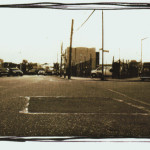10 Essential Twin Cities Albums
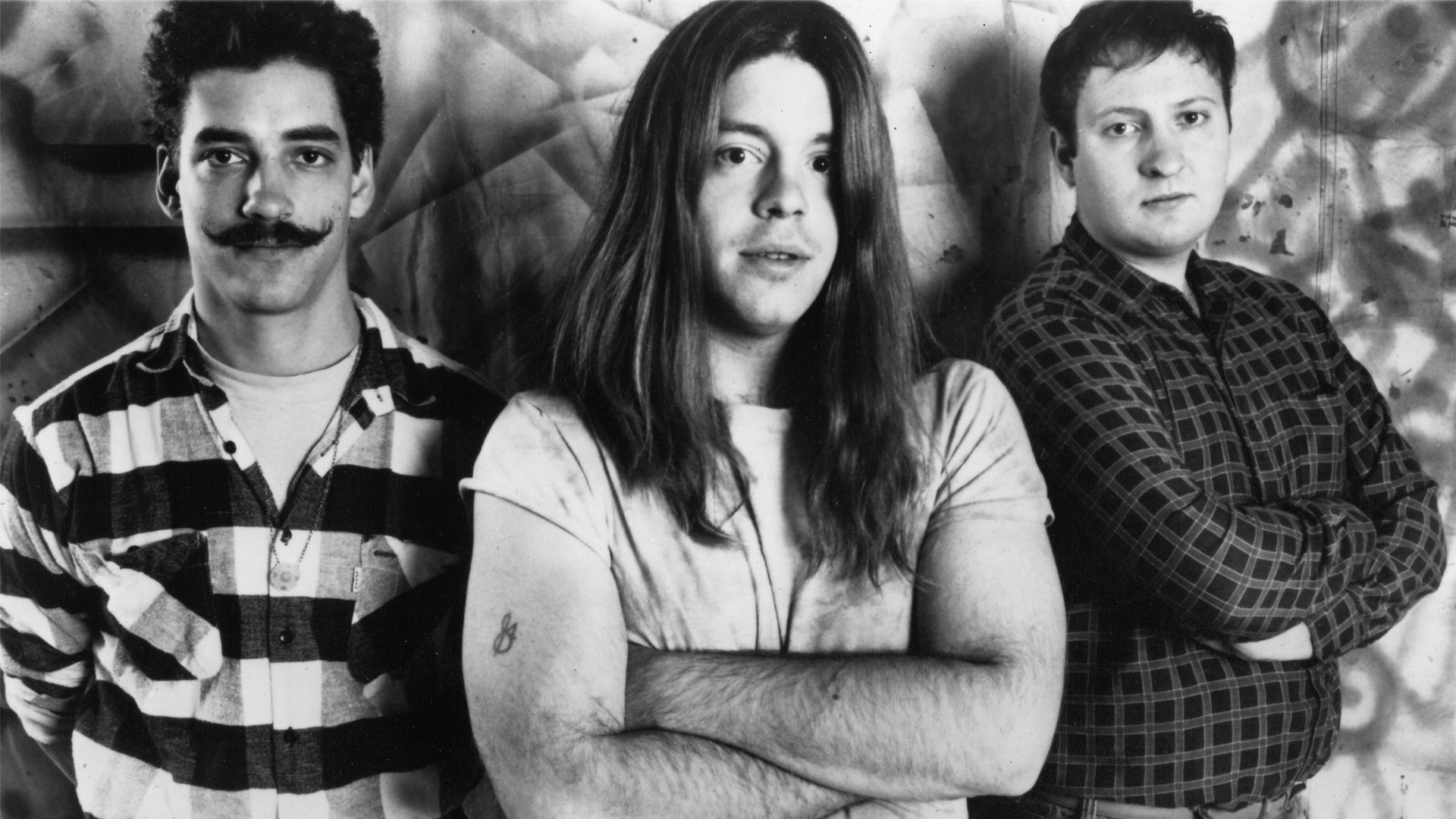
Welcome back to the Treble World Tour, a series of Top 10s covering albums that best represent certain locations—cities, states, territories, even entire nations. We consider representative releases on three levels: they were made by artists from a place, they contain music about or inspired by the place, and/or they were made in that place. This week, we take a trip to a region with a style of music that carries the name of one of its regional cities: Minneapolis sound. It’s a hybrid of new wave, R&B and funk—heavy on the synths—and it was popularized and pioneered by one very specific artist: Prince. You don’t very well talk about Twin Cities music without mentioning Prince, and we’re not about to do any such thing. In fact, in 2009 he even named an album after that very sound. But Minneapolis and St. Paul (and its suburbs) have produced several generations of excellent developments in pop music, from being the site where Bob Dylan recorded one of his most devastating albums, giving birth to a fertile punk and alternative scene, and an enduring reverence for storytelling in rock songs. As of late, it’s been a surprisingly good place to find metal (just listen to False’s Untitled) but whatever genre and whatever era, Minneapolis/St. Paul deserves a salute. Take a look at our list of 10 essential Twin Cities albums.
 Bob Dylan – Blood on the Tracks
Bob Dylan – Blood on the Tracks
(1975; Columbia)
To some degree, Bob Dylan will always be associated with New York City, having risen up from the Greenwich Village folk music scene in the 1960s. Yet Dylan is a native of Duluth, Minnesota, and he returned to his home state for half of the recording sessions for his fifteenth album, Blood on the Tracks. Partially recorded at Sound 80 in Minneapolis (where Prince recorded his debut For You just two years later), Blood on the Tracks is less of a homecoming for Dylan as it is a long journey of the soul. It’s one of the all-time classic break-up albums, chronicling his estrangement from his wife Sara, in beautiful and heartbreaking detail. He’s since distanced himself from interpretations of autobiographical turmoil, suggesting they were based on short stories by Anton Chekhov. But it only takes one listen to “Idiot Wind” to hear the emotion and passion in Dylan’s voice—something he’s not exactly known for, it should be noted. They say you can’t go home again, but Blood on the Tracks is Dylan figuring out just where the hell he’s supposed to go from here. – JT
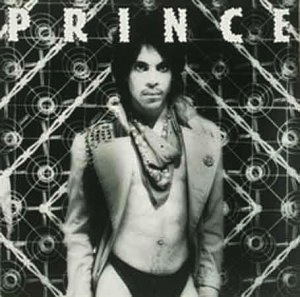 Prince – Dirty Mind
Prince – Dirty Mind
(1980; Warner Bros.)
You want the Minneapolis sound? You got it. Prior to 1980’s Dirty Mind, Prince Rogers Nelson released two good and highly promising albums of funky R&B that occasionally crossed over into the burgeoning new wave sound that would soon dominate MTV. Dirty Mind is the album that saw it fully fleshed out, perfected and made ever so slightly raunchier (the distance between “Soft and Wet” and “Head” isn’t really all that great). Surprisingly concise at only 30 minutes long, Dirty Mind finds Prince juggling robotic synth-funk, radio-friendly pop, down and dirty grooves and party-ready anthems without breaking a sweat. I assume it’s because the bikini briefs kept him well ventilated, but make no mistake here, “Uptown” will most certainly make bodies perspire. And since you asked, yes, that is uptown Minneapolis he’s talking about. – JT
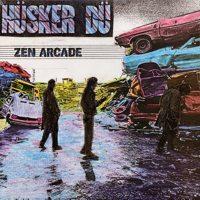 Hüsker Dü – Zen Arcade
Hüsker Dü – Zen Arcade
(1984; SST)
Immediately after providing SST Records with 18 minutes of new material on their Metal Circus EP, Hüsker Dü set to work on a double album that’s still the most ambitious project in hardcore punk history. A monument to loud ellipses, Zen Arcade economically tells the story of an agitated kid departing his fractured home, only to find a worldly existence that just bounces his rage back to him. Bob Mould plays the part of The Only Guitarist In The World, flooding Zen Arcade’s crannies with distorted washes, laser-fire solos and a frenetic exhaustion. Mould also pens the album’s angriest, most helpless lyrics (“Indecision Time,” “I’ll Never Forget You,” “Beyond the Threshold”). Grant Hart’s drums are so frenzied their relatively low, effect-free mix is almost a necessity; his songs ramp off Mould’s to seek whatever meager emotional settlement might remain to be picked (“Standing By the Sea,” “Pink Turns to Blue,” “Turn on the News”). Zen Arcade is so manic in the first half that the sad, creeping realization of the second is almost obscured – but a few listens in, it starts to hit home. Winding up in the repetitive but hypnotic 14-minute instrumental “Reoccurring Dreams,” which by itself ruptured the myth of punk’s lack of aspiration, Zen Arcade gave lost youth of its time a narrative; in most cases it wasn’t too late. – PP
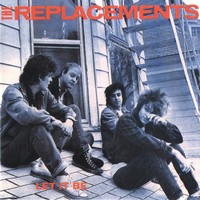 The Replacements – Let It Be
The Replacements – Let It Be
(1984; Twin/Tone)
Cheekily named after the Beatles’ most splintered album, The Replacements’ Let It Be was a celebration of the slop-punk band’s newly, marginally increased attention span. The early ‘Mats thrived off knowing what the people wanted and happily refusing to comply, so the relative focus of Let It Be was initially a solution to the boredom of that contrarianism. While they still went about business with relative heedlessness, Let It Be showed Paul Westerberg’s first glimmers of being affecting. “I Will Dare,” “We’re Comin’ Out” and “Unsatisfied” were pure cries from the wild, capturing the head-snaps, bravura and heartbreak of problem kids. The piano cocktail ballad “Androgynous” was prescient in its neutral-leaning-supportive stance on gender identification. “Answering Machine” ended the album the way many of us ended our nights in the ‘80s: in screaming, drunken anguish over someone not being available for early a.m. garbage pickup. (“If you need help/If you need help/If you need help” the prerecorded voice offers, the goddamn obstructionist.) Spiked with a cover of KISS’ “Black Diamond” and the horror-comedies of “Tommy Gets His Tonsils Out” and “Gary’s Got a Boner,” Let It Be remains a pretty perfect snapshot of misspending youth on the cusp of flame-out. Bonus points for not letting Phil Spector add sappy strings to “Sixteen Blue.” – PP
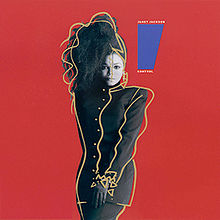 Janet Jackson – Control
Janet Jackson – Control
(1986; A&M)
As documented in Purple Rain and the Numero Group’s great 2013 comp Purple Snow, the “Minneapolis sound” of R&B and its offshoots extended far beyond Prince. Alexander O’Neal, Morris Day & The Time, Andre Cymone, Vanity 6—if music were baseball, the Twin Cities were an entire farm system. Jimmy Jam and Terry Lewis were members of The Time who started to break out on their own as recording engineers and producers through the first half of the 1980s. They then met Janet Jackson, herself trying to step out of the long musical shadow cast by so many of her brothers. With this shared initiative, why not share studio time? The production duo bolstered her newly empowered/empowering songwriting with their glittering, propulsive synth tracks. Janet Jackson’s third album rattled enough cages to compensate for the prior two. It was essentially the black Nevermind: unexpected, yet deservedly everywhere. Seven of its nine tracks hit radio, including timeless takedowns of terrible men (“What Have You Done for Me Lately,” “Nasty”) and the best abstinence-themed love song ever (“Let’s Wait Awhile”). Earning everyone’s first Grammy nominations in the wake of its 1986 release and a win for Jam and Lewis themselves, Control put Jackson and the Flyte Time studio brand on the tongues of music cognoscenti for decades. – AB
 Jayhawks – Hollywood Town Hall
Jayhawks – Hollywood Town Hall
(1992; American)
Swaddled in the scenery of backwoods hikes, foggy tales of unrequited love, and road trips to dusty locales in Kansas and California, the major-label bow of this Twin Cities band feels like a cut-up narrative sourced from “The Star-Spangled Banner” and its familiars (“This Land is Your Land,” “America the Beautiful”). Hollywood Town Hall is by turns patriotic and pained, able to agonize over details of the homeless and offer glowing generalities on parental love. Recorded in part at nearby Pachyderm Studios and featuring iconic cover art photographed in Carver County, this album and its lead single “Waiting for the Sun” quietly, almost invisibly pushed alternative country into music fans’ consciousness, like a frozen mountaintop’s spring thaw into streams, rivers, and fertile ground. – AB
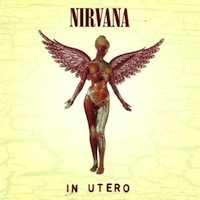 Nirvana – In Utero
Nirvana – In Utero
(1993; DGC)
Pachyderm Studios, Cannon Falls, Minnesota: a woodsy 35 miles south of Minneapolis. In its history it birthed landmark albums from across modern rock and many flavors of indie (from Explosions in the Sky to Babes in Toyland) and became something of a home away from home for Chicago music godhead Steve Albini. As grunge reached swift and dizzying heights in the early 1990s, Nirvana wanted to get away from what they thought was the polished sound of their world-beating Nevermind album and asked Albini to lead them. Albini wasn’t as big a fan of the band as they were of him but he agreed nonetheless—out of pity! trying to fix them!—and prepped them for their forest-studio retreat with a copy of the album he had just finished there: PJ Harvey’s Rid of Me. In Utero was similarly full of Albini’s brand of room-filling drum sounds and guitar skronk, even if diluted in post-production by Scott Litt and not heard quite as Albini intended until reissue time. But where Rid of Me attempted to clarify a shadowy musical figure, In Utero wholly changed the light cast on the massive celebrity of Kurt Cobain & Co. They were enclosed in heart-shaped boxes, cloaked in edgy metaphors of revenge and rape. Still beloved, yet darkly different. – AB
 Semisonic – Great Divide
Semisonic – Great Divide
(1996; MCA)
Dan Wilson’s been spending most of his time lately earning royalties from hit singles he’s penned for the likes of Adele and Taylor Swift, though his hitmaker cred has never really been in question. Semisonic’s 1998 hit “Closing Time” still seems ubiquitous, even after 17 years. But just two years before that, Wilson & Co. made a perfect pop album that didn’t, unfortunately, produce much in the way of hits. Great Divide had potential, though; turn on the right radio stations in the summer of 1996 and you probably would have heard “Down in Flames” or “FNT,” whose hooks hewed closer to mid-period XTC or a considerably more high-fidelity Guided by Voices. And though the album technically wasn’t all singles, it very easily could have been; “Across the Great Divide” sure sounds like a hit, deep cut or not. Great Divide was critically well received, however, and the Minneapolis-based band would crash the MTV Spring Break beach house soon enough. Next stop: Grammy nomination. – JT
 Atmosphere – Lucy Ford
Atmosphere – Lucy Ford
(2001; Rhymesayers)
Speaking over beats is the only time when Slug feels complete. And this collection of three early Atmosphere EPs—Ford One, Ford Two, and The Lucy EP —plays out like an actual album recorded over one session. For a long while, I thought Lucy Ford was a studio album. Technically, it’s a compilation. Regardless, Lucy Ford is an inspiring piece of lyrical exorcism over eclectic, inhospitable and disabled samples from Ant. It’s as brutality cold as Minneapolis winters (“Aspiring Sociopath”) or as uplifting as a drive on a nice day (“Free Or Dead”). Slug has said that Lucy Ford was originally a play on the name Lucifer, representing the female devil. Lucy characterized the dichotomy between Slug and women and his own flaws, and he used Lucy Ford to initiate dialogue. And how’s this for some discourse: “Go to hell girl, you make me sick, I hope your new boyfriend gets cancer in his dick.” Slug doesn’t sound angry; we’re laughing with him. Slug is a socially conscious alt-rap everyman who knows how to use old-school wordplay. And on Lucy Ford, Atmosphere’s dirty production works to great effect. – JJM
 The Hold Steady – Separation Sunday
The Hold Steady – Separation Sunday
(2005; Frenchkiss)
You might also like:

